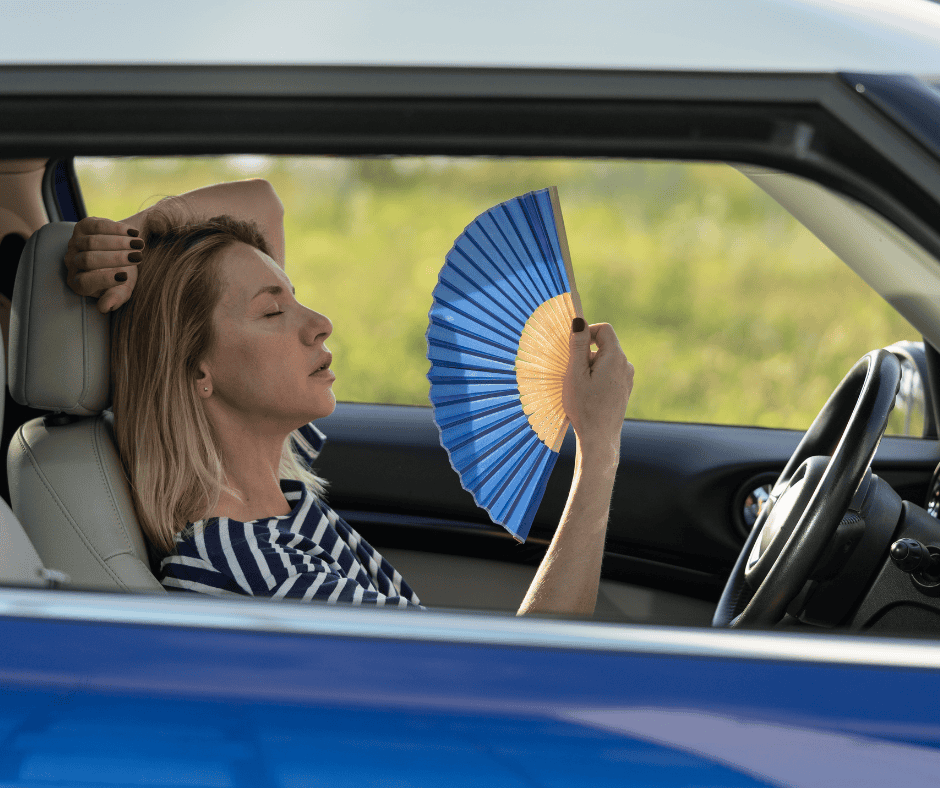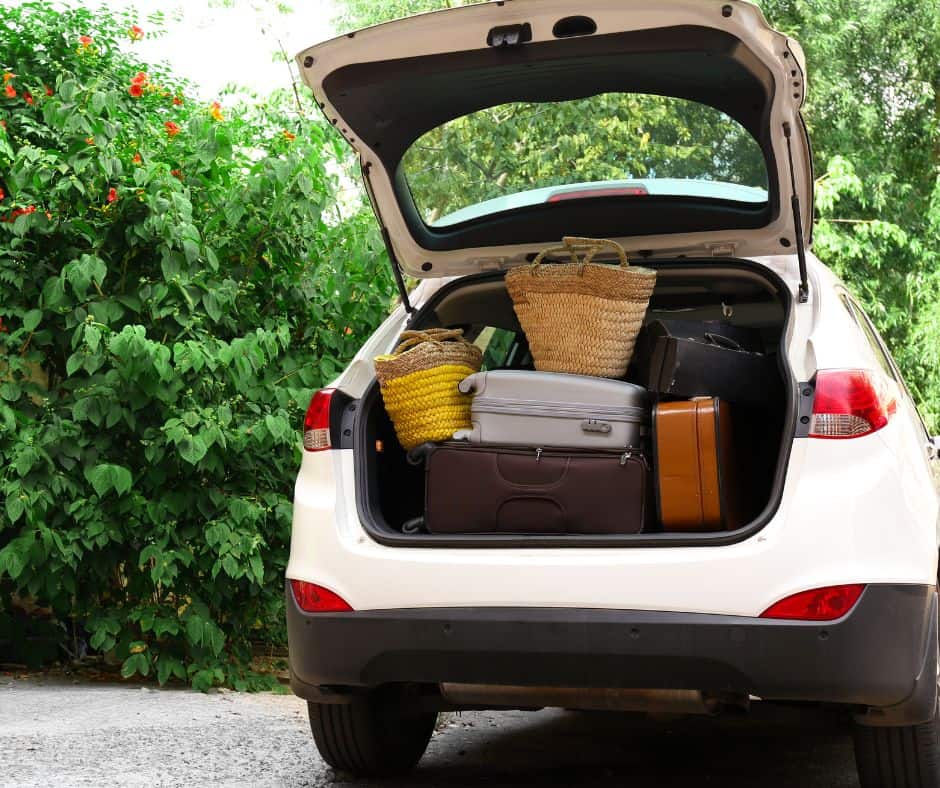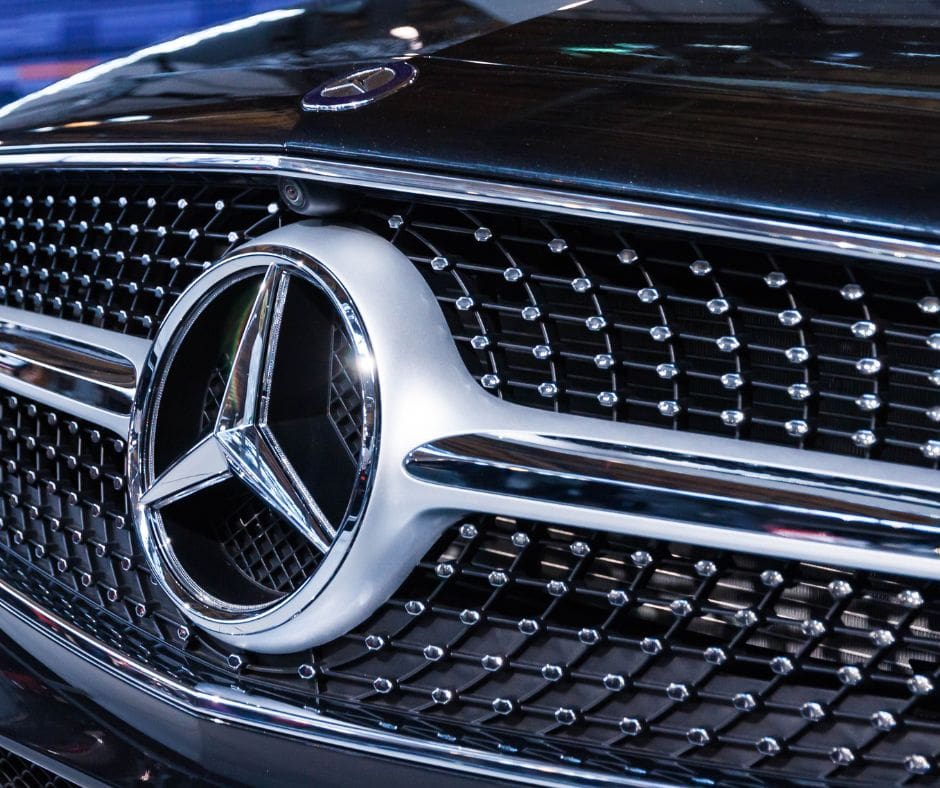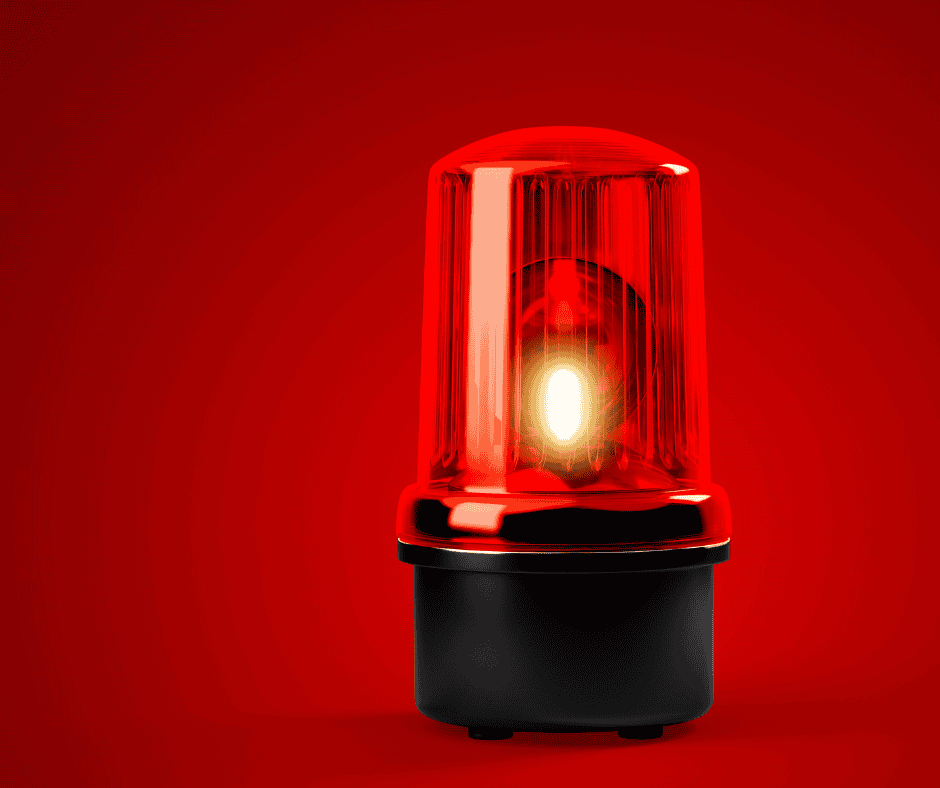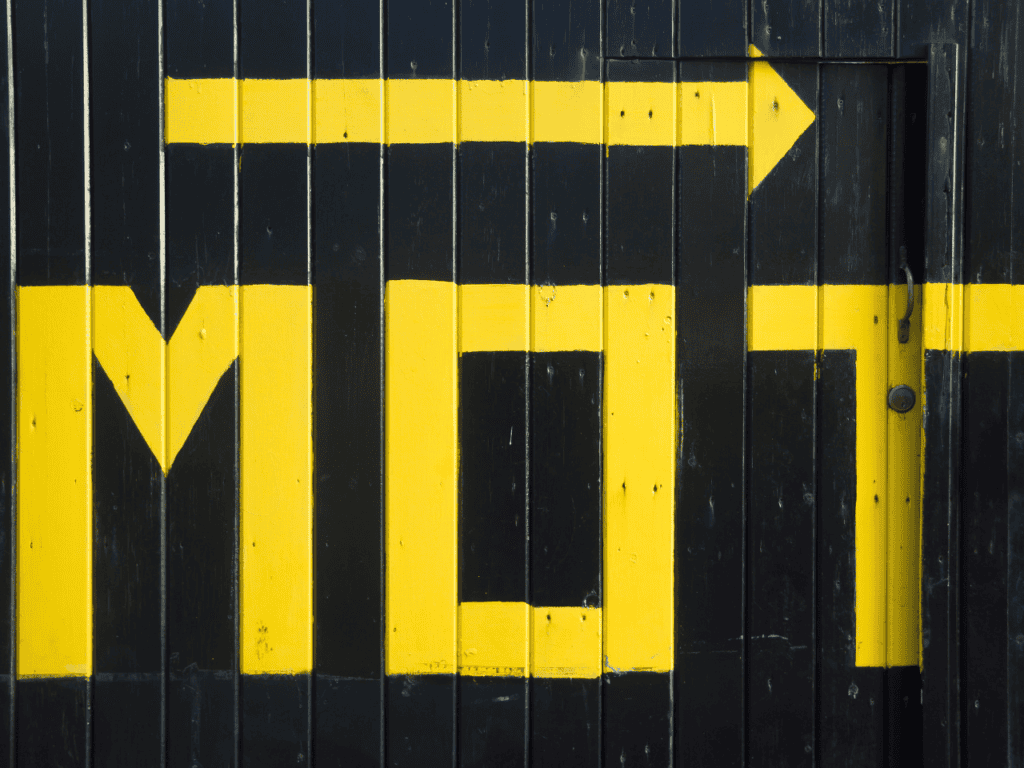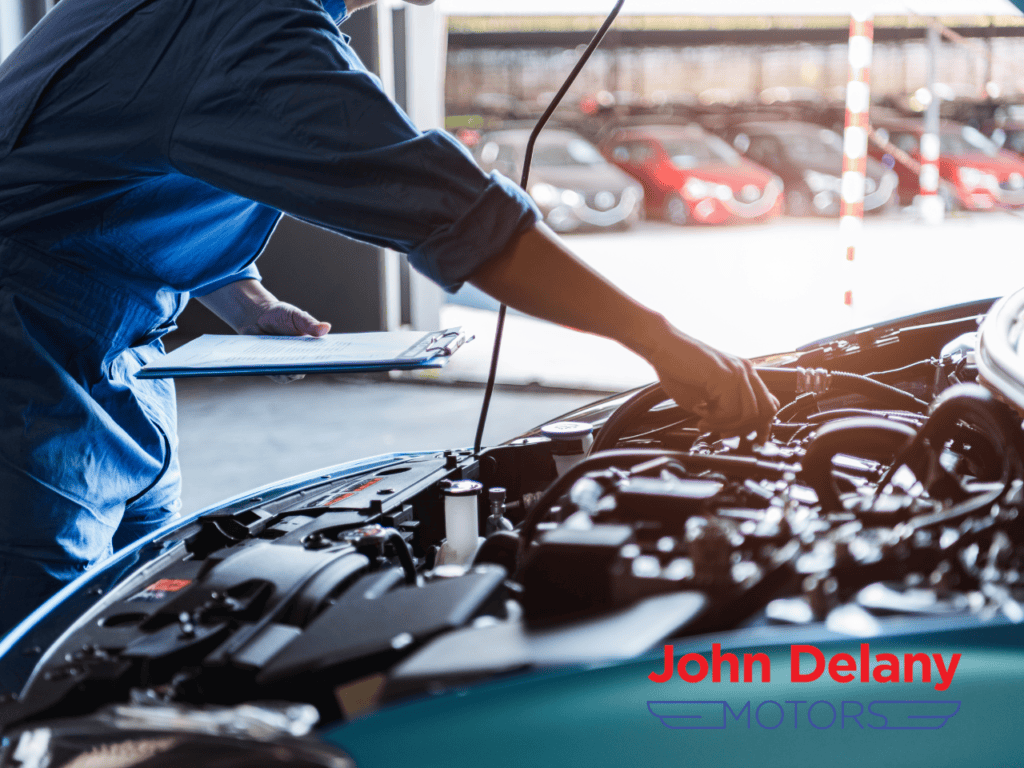25th August 2022
What to look for when buying a second hand car
Buying a second-hand car is an excellent idea; they are significantly cheaper than new cars and often run just as well; however, you need to make sure you are getting what you pay for and buying a second-hand car can be risky. Here are some things to look out for.
Traders
Sometimes traders pose as private sellers online to help entice prospects to buy a second-hand car. People are more likely to buy a second-hand vehicle from a private seller because they know the car is pre-loved and probably has a reliable background. But look out for traders.
One of the first things to say when making your initial inquiry is, “I’m calling about your car for sale?” If the receiver says something like “which one,” it tells you they are a trader rather than a private seller; clearly, they have more than one car for sale and are not being honest online.
Sellers House
Always travel to the home of a private seller if possible; not only does this legitimise the purchase – it shows that the sellers are who they say they are online – but it makes the buying process friendlier and safer. On that point, there are a few places you should avoid going to.
It’s best practice to avoid places like supermarket car parks, service stations, or unknown places that could compromise your safety. Make sure you can see the seller’s address clearly on a map and that others know where you are, take someone with you as well if that’s possible.
Night Viewing
Sometimes a night viewing is unavoidable or viewing in the rain, but these are both inadvisable. Apart from the obvious safety issues of going to meet an unknown seller in those conditions, there is a good chance you won’t spot any bodywork damage or scratches to the paintwork.
The darkness and the rain can hide many issues with the car’s bodywork, so avoid viewing or buying the vehicle at these times. Instead, offer a convenient time and place during the day and work to the seller’s schedule to make sure you get a good clear look at the car before buying.
Engine Temperature
If a car engine doesn’t start well in the cold, a seller might have the car running before you arrive so that it starts the first time, and you think you have a bargain. To check you are not being tricked in any way, put your hand on the bonnet or ask to see underneath the hood for a second.
Additionally, you will want to check for fluid leaks and oil leaks that could lead to expensive repairs shortly after investing in the vehicle. Check for any obvious signs of leaks as well as the levels in the bottles. Don’t be afraid to question anything that you find unusual before spending.
V5 Certificate
A V5 registration certificate – also called a logbook – is the official document that every car owner needs to show the car is registered in their name. If a car doesn’t have a V5 Certificate, there’s a good chance it’s a stolen vehicle. There might be another explanation, but it’s not worth the risk.
If there is no V5C document, the seller might tell you they are waiting to receive it, that may or may not be true, but it’s not possible for you to buy the vehicle without one. In this situation, the best thing you can do is to walk away and start researching similar vehicles again online.
Service History
Second-hand vehicles should have a full service history detailing all of the repairs, services, and MOTs. It’s true that in some cases, service histories are patchy as receipts might have been lost from time to time. But a good second-hand vehicle should still have a book of stamps.
Look through the service history carefully and ask any questions about the mechanic of the vehicle. Older cars might have a paper trail, while newer ones will have a digital history. Use whatever information you can to get a strong overview of the vehicle and its condition.
Avoid Cash
Cash transactions are convenient for some sellers, and they offer a discount when you do this, but it also increases the chances of fraud. It’s easier for you to lose out when you pay cash as there is no paper trail or documented evidence of money changing hands. So don’t lose out.
The best way to pay for a second-hand vehicle is by using a bank transfer. Bank transfers are convenient and accepted by everyone. A bank transfer also creates a digital paper trail you can rely on even if the seller is a fraudster and the vehicle is faulty. It lets you take legal action.
Insurance
Test driving a second-hand vehicle is an excellent idea. Test driving gives you the chance to try the car out on the road and get a feel for its handling. Test driving the vehicle also gives you a chance to notice any issue that might affect the driving quality and the final price you pay.
If you want to test drive a second-hand vehicle, you need to make sure you bring evidence along that you are covered to drive third-party vehicles. Even if you know you are covered, there’s a strong possibility the seller won’t allow you to drive the vehicle unless you have the evidence.
MOT Expiry
Older cars need an annual health check to ensure they are fit for the road. A late MOT is always a good sign on a second-hand vehicle because it shows that the vehicle has recently passed a test and doesn’t require any financial outlay for some time. But the reverse is also the case.
If a vehicle has very little MOT left, it’s a sign you might have to shell out more money on repairs shortly after buying the vehicle. This is something to look out for; it’s also something you can factor into your buying decision, ask the seller if they are willing to come down on the price.
Experienced Person
Finally, it’s a sensible idea to take someone with you who has experience with cars, someone who can tell what an engine should sound like and how to check the fluids, levels, and the mechanical side of things. If in doubt, take the car to a quality garage for inspection, if you are based in the Stockport or Greater Manchester area then we are always happy to help. Contact us here


